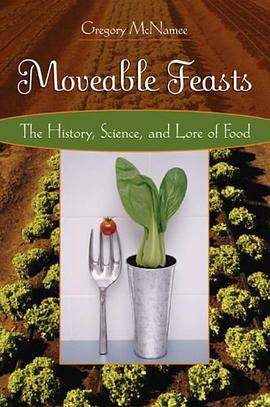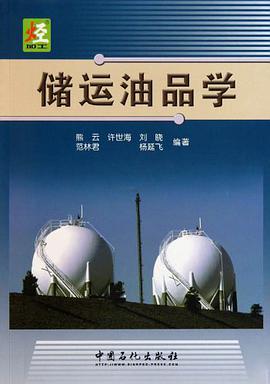

具体描述
Food has functioned both as a source of continuity and as a subject of adaptation throughout the course of human history. Onions have been a staple of the European diet since the Palaeolithic era, while the orange is once again being cultivated in great quantities in Southern China, where it was originally cultivated. Other foods - such as the apple and pear in Central Asia, the tomato in Mexico, the chile pepper in South America, and rice in South Asia - remain staples of their original regions and of the world diet today; but now they're also grown in some places that would have seemed impossible in the past, in heated greenhouses, on the fringes of deserts, and even in space. But how did humans discover how to grow and consume these foods in the first place? How were they chosen over competing foods? How did they come to be so important to us? In this charming and frequently surprising compendium, the author gathers revelations from history, anthropology, chemistry, biology, and many other fields, and spins them into entertaining tales of discovery - complete with delicious recipes from many culinary traditions around the world. Among the 30 types of food discussed in the course of this alphabetically-arranged work are: the apple, the banana, chocolate, coffee, corn, garlic, honey, millet, the olive, the peanut, the pineapple, the plum, rice, the soybean, the tomato, and the watermelon. And all of the recipes included with these diverse food histories have been adapted for recreation in the modern kitchen.
作者简介
目录信息
读后感
评分
评分
评分
评分
用户评价
相关图书
本站所有内容均为互联网搜索引擎提供的公开搜索信息,本站不存储任何数据与内容,任何内容与数据均与本站无关,如有需要请联系相关搜索引擎包括但不限于百度,google,bing,sogou 等
© 2025 book.wenda123.org All Rights Reserved. 图书目录大全 版权所有




















